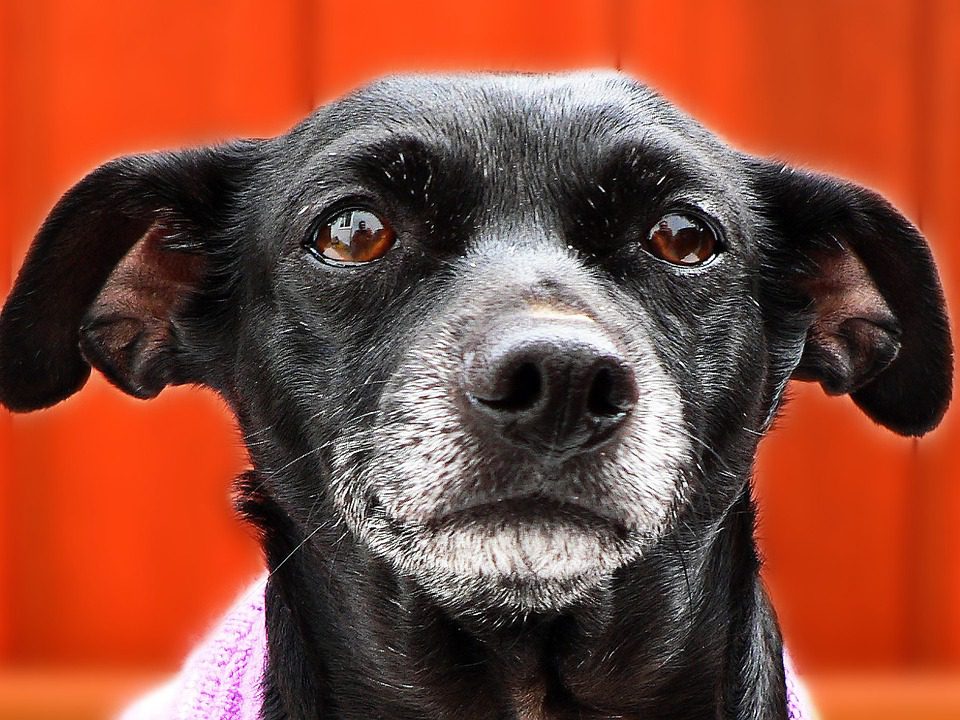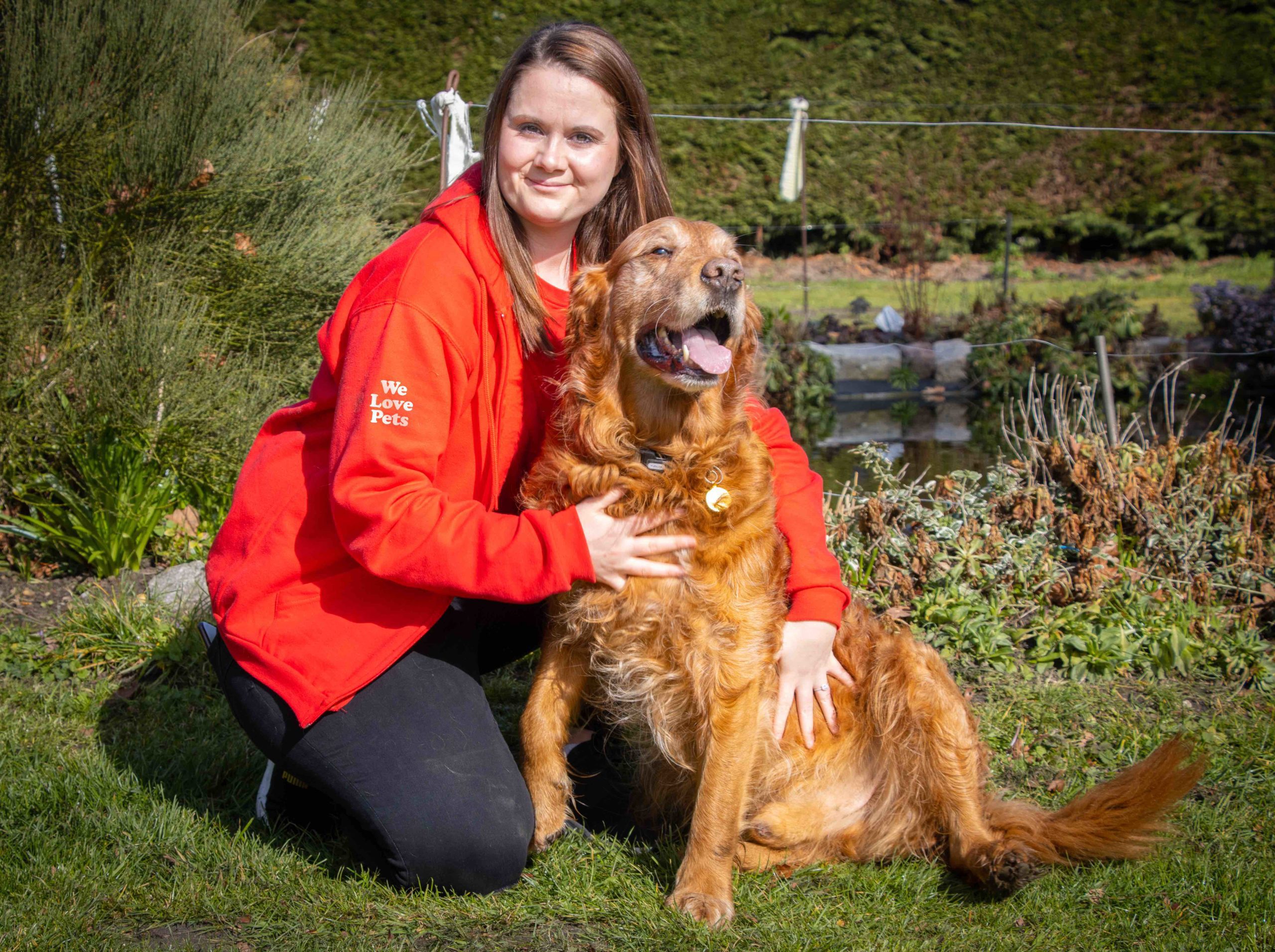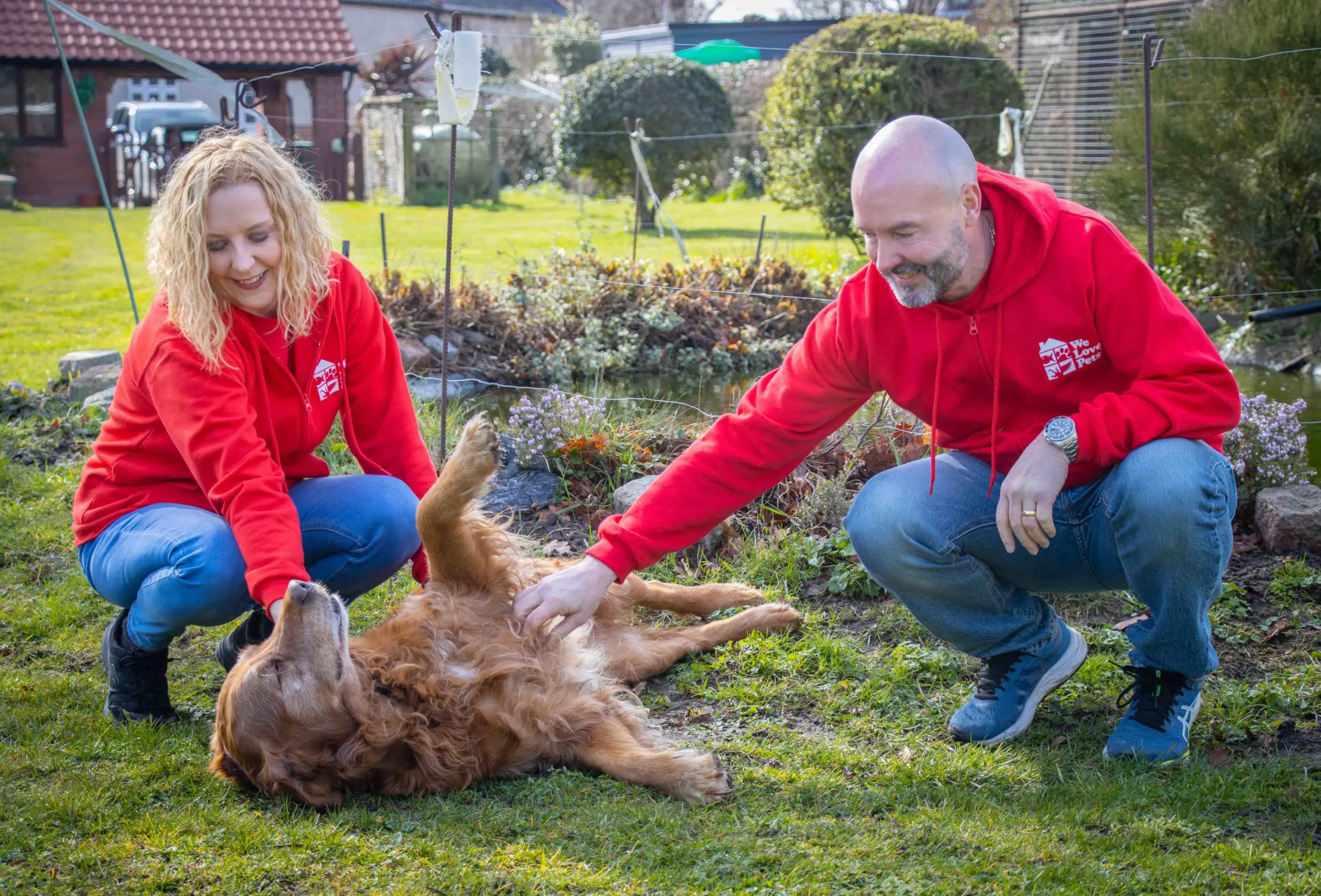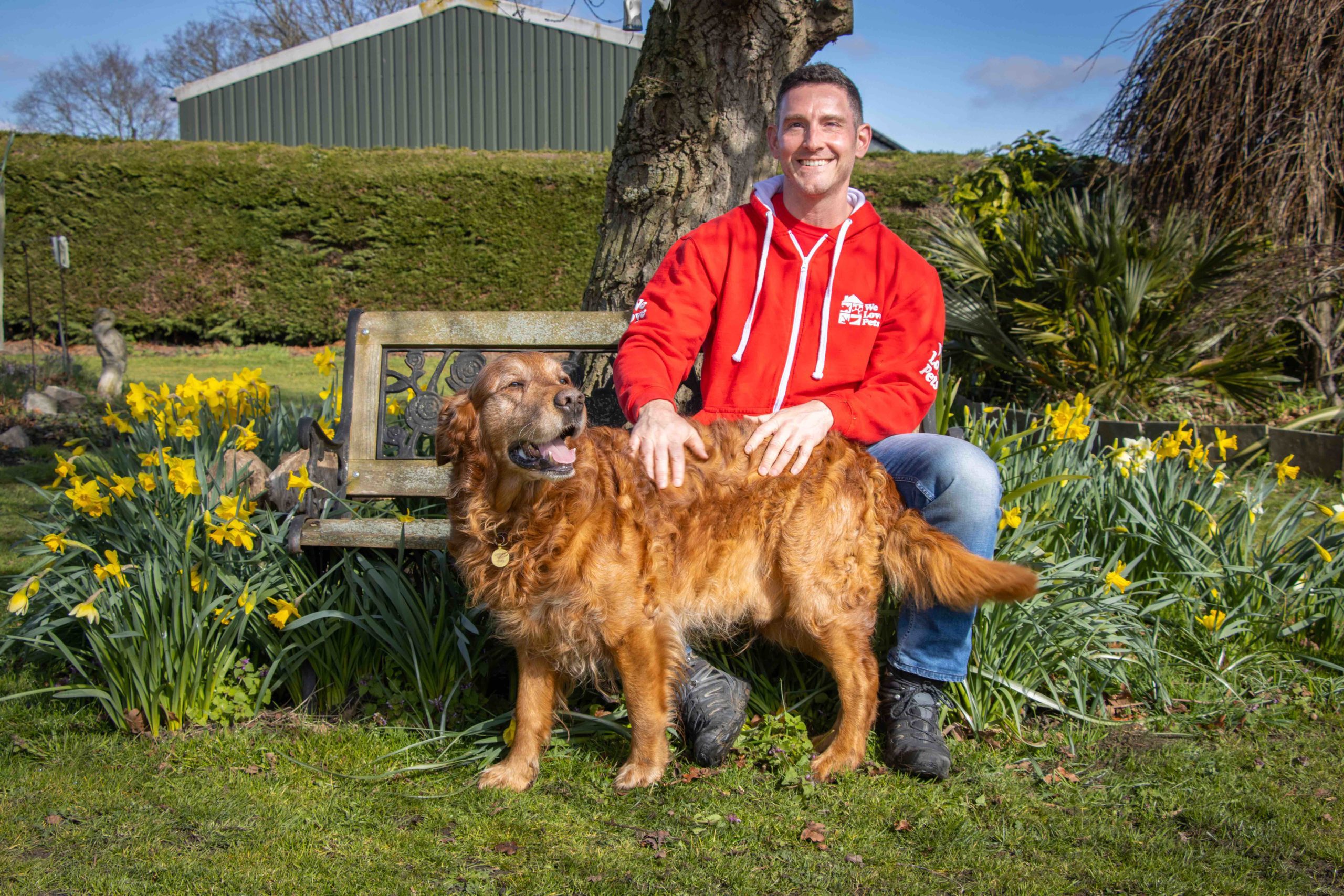Travelling can sometimes be stressful enough for us humans let alone our dogs that don’t know why they’re travelling or where they’re going.
Motion sickness
Some dogs are more anxious about travel because it makes them feel nauseous and so they link car journeys with feeling ill. Excessive salivation, whimpering, shaking, pacing or hanging head low are all signs of travel sickness. These dogs are best managed with anti-sickness medication for the longer journeys.
The treatment can come in various forms from stronger prescription tablets, to over the counter tablets.
When this type of treatment is used it will likely need to be given an hour or so before any journey in order that it can start to be absorbed into the dog’s system. It won’t be beneficial giving it 10 mins before a journey as the dog could well sick the tablet straight back up again. Avoid feeding a dog that suffers with travel sickness before a journey.
There is also a spray called Adaptil Travel which is sprayed inside the closed car 10 minutes before letting the dog in. It can be resprayed every 4- 5hrs (make sure dog is out of car before spraying). The spray contains natural dog appeasing pheromones which only the dog can smell, offering the signal of security and comfort.
Getting used to the car
To get the dog used to going in the car you could practice at home with the car parked in the driveway. Have all the doors open and ask the dog to get in the car where it normally travels. Ask for it to stay there for a few seconds and then let it jump out. Repeat this over a period of days with the view to extending the amount of time it is in a stationary car.
Over time you should be able to get to the stage where you can take it on a very short journey around the block. The long term plan is to be able to drive to a lovely walking area so that the dog can start to associate the car with going to a fun place. You do not want the dog’s first journey to be going to the vet!
Travelling in a confined space in a car can be frightening for a dog and so the gently, gently approach taking the time to help your dog adjust will more likely lead to a better outcome long term.
Crates
If the dog travels in a crate they might prefer a blanket draped over the top to create a ‘den’ like atmosphere and a darker environment. Putting familiar blankets and bedding or something with your own scent on it is a good idea to help create a sense of familiarity for the dog.
Music
Having calming music on the radio or a relaxation cd playing is better than having thumping, loud music which won’t help to relax your dog. Dogs love to sniff scents in the air so having three windows (so not create a vacuum) slightly down on a warmer day and having the breeze blow through the car to stimulate air flow may help. This would be counterproductive though if driving on a busy, noisy motorway.
Staying calm and being prepared
If you can see your dog starting to get worried mid travel and perhaps be sick try not to get annoyed. Talk calmly to help reassure and of course drive as smoothly as you can with no rapid stop and starts. It may be an idea to always carry a dog travel bag stocked with puppy pads, cleaning spray/ wipes, newspaper, poop bags, kitchen roll, towels, water and a water bowl. If accidents do happen then you have the kit to be able to stop and sort it out so that your dog is not travelling in it’s own mess.
Wee and fresh air breaks
If a long journey make sure you have built into your schedule the opportunity for plenty of stop breaks so that the dog is able to get out and stretch its legs and go to the toilet. It may be wise to take your dog on a really long walk to try and tire it out before you set off so it is more inclined to want to try and rest and is settled on the journey.
Sophie, Branch Owner Stroud and Tetbury




